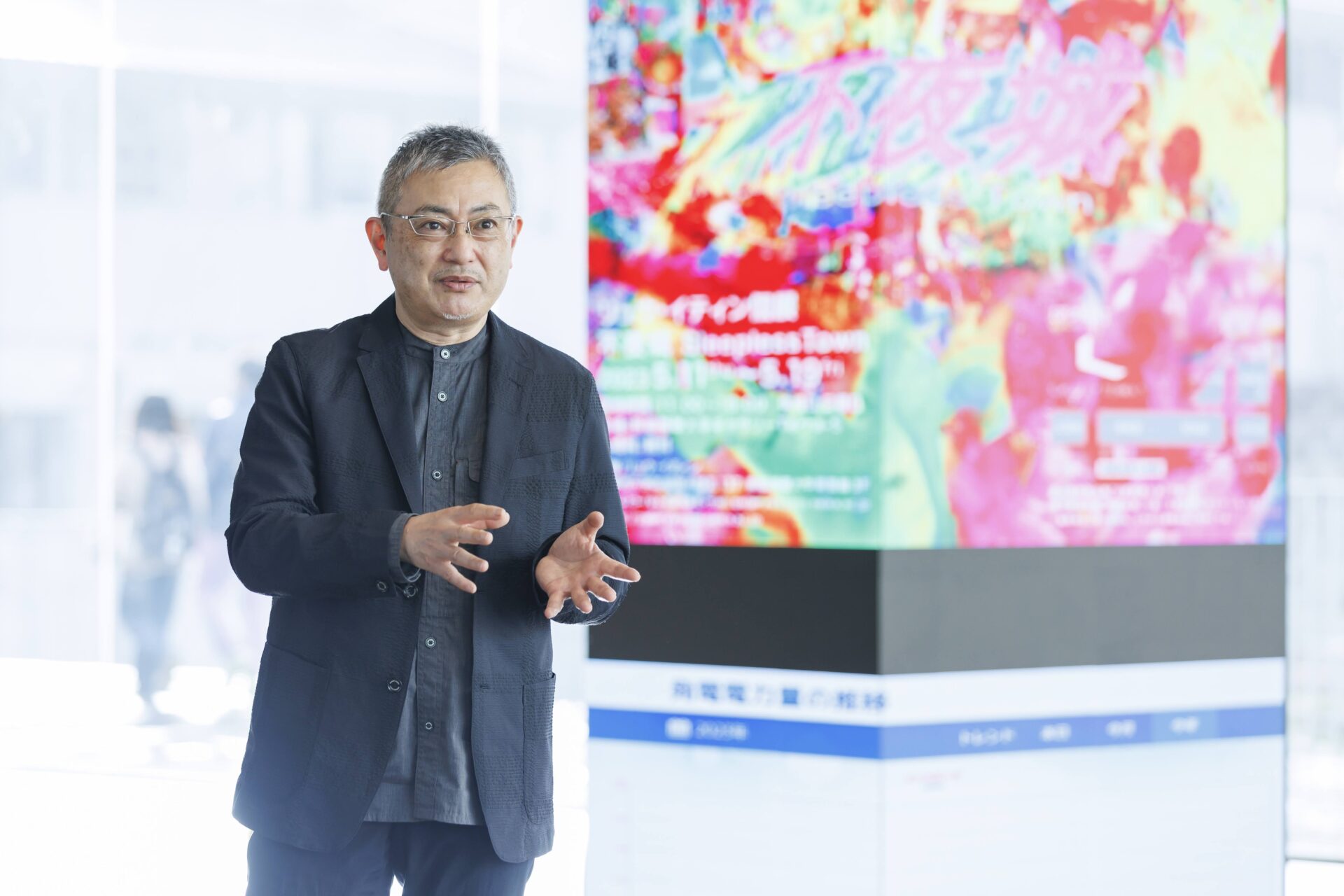Shikohin is something that we consume that may not have any nutritional value or benefit in sustaining our bodies.
Even though it is not a necessity to sustain life, shikohin is enjoyed in various ways around the world.
Perhaps shikohin is rather a necessary part of what makes us human.
When contemplating shikohin, we must address the question of what is necessary for human life, and by extension, what defines humans as a living being.
For our new series, “To Live, To Relish,” we will explore what shikohin and its experiences mean to us in our modern world, and interview leading researchers, anthropologists, historians, and more.
In this interview we visited Professor Hikaru Saitoh at his lab in Kyoto Seika University.
In Part 1 of this article, “What phantom cafés tell us about how “places” create shikohin experiences,” Dr. Saitoh talked about the difficulty and fascination of researching shikohin and shikohin experiences because they only exist in the present and disappear soon after.
We will continue the discussion of shikohin by diving into what the future holds for shikohin experiences.
Dr. Saitoh says an important key in the future of shikohin will lie in the extent of how technology intervenes with the human bodies.
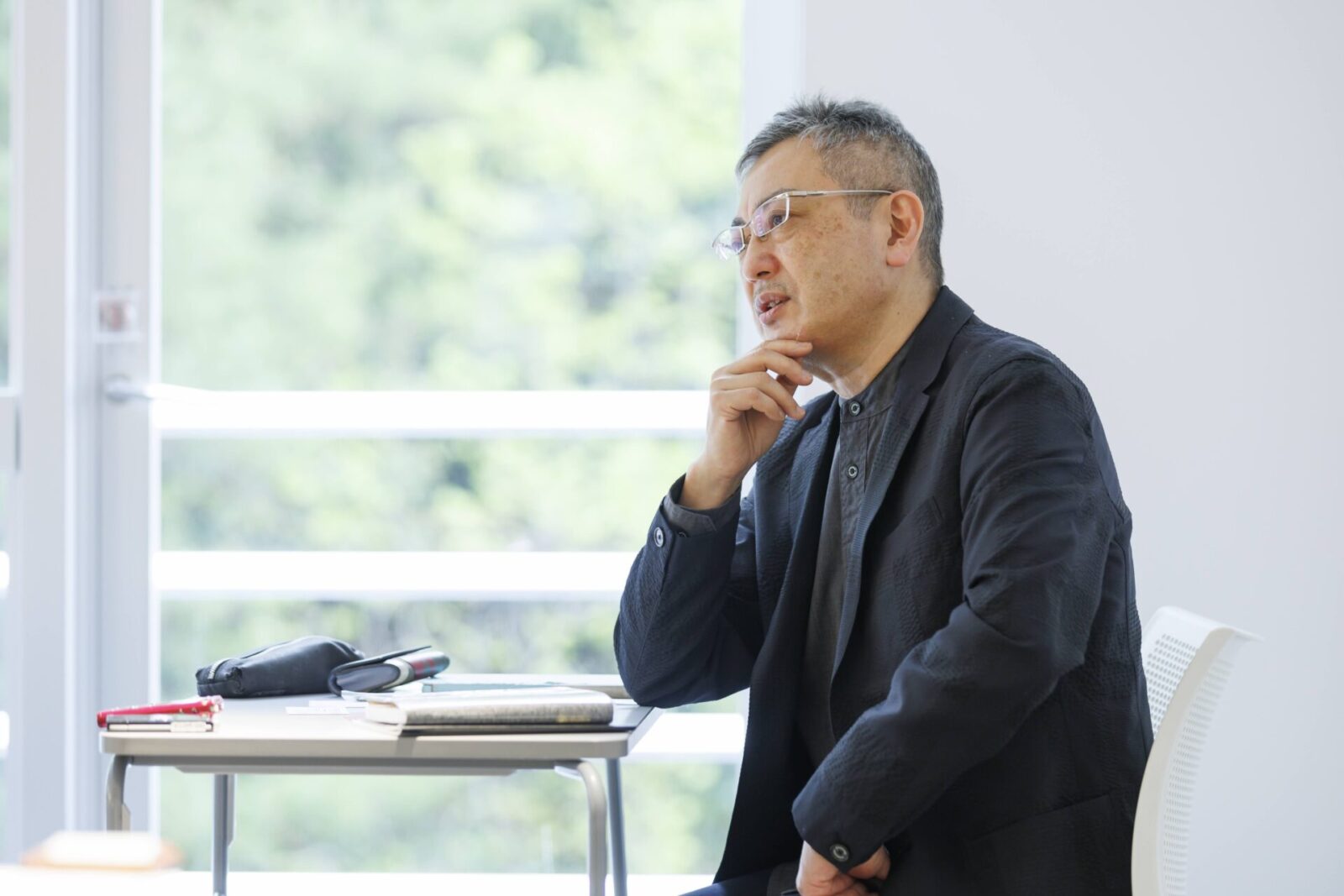
What perfume and piercings tell us about shikohin
── You previously published a paper on men’s perfume. What made you interested in researching this topic?
I presented my research on perfume to a study group called Society for Shikohin Research (no longer active). The group consisted of researchers from various fields and we would present case studies and ideas on the relationship of shikohin and our fields of study.
Wearing perfume became very popular among young men at the end of the 1980s and by the end of the 1990s it became commonplace for young men in their teens and twenties to wear perfume as a way to impress the opposite sex.
Perfume is connected to human physicality. How often we wear perfume differs with gender and the way it is appreciated is also different.
Just like perfume, I was also interested in the process of how society began accepting piercings in men.
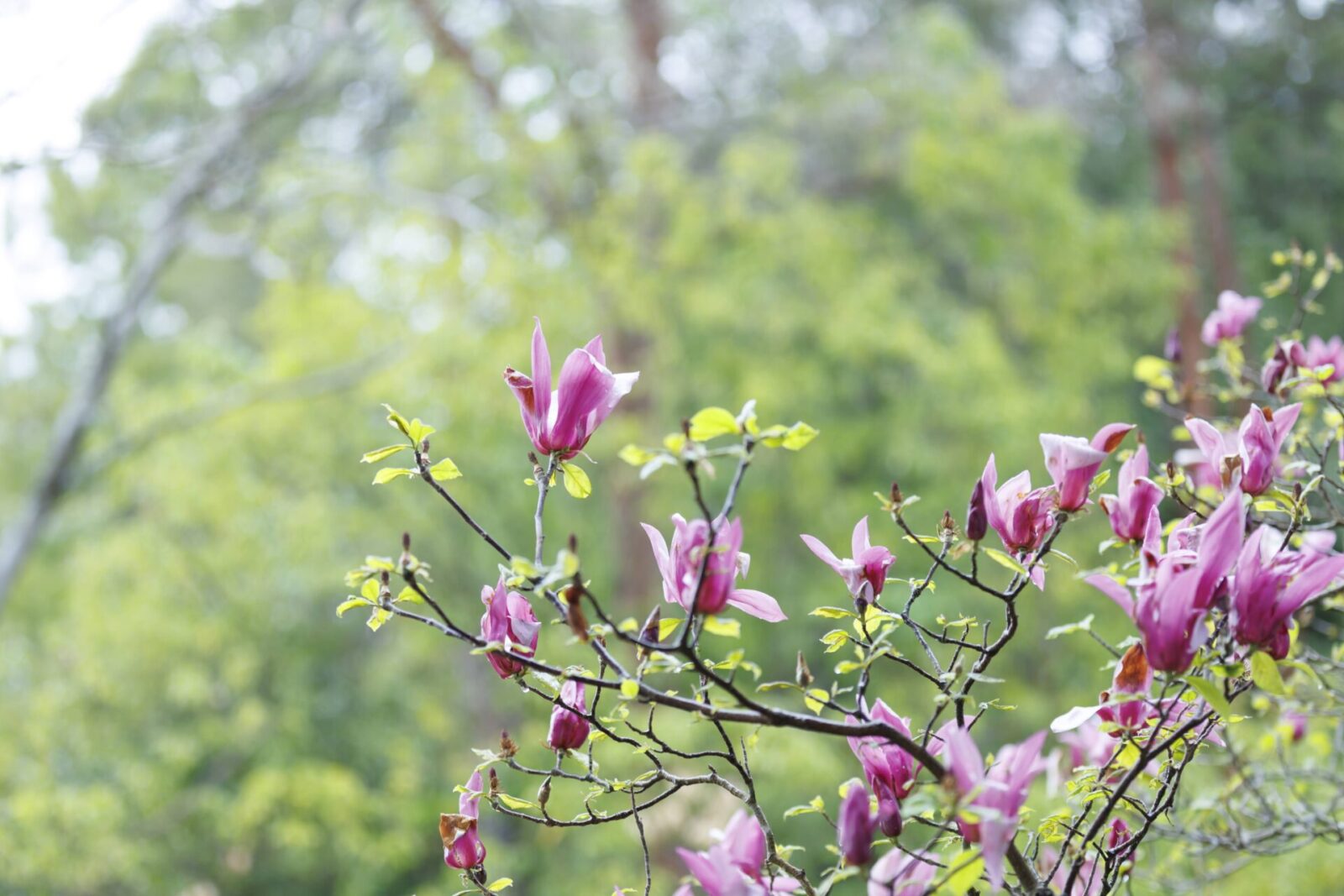
── Piercings?
Although the number of men who have piercings has increased lately, it was not that common 20~30 years ago. I don’t think you would find many men wearing pierced earrings even in the streets of cities.
In the 1990s, I once asked the students at a women’s college where I was teaching to fill out a questionnaire regarding what they thought about women’s piercings and men’s piercings.
The results showed that the majority of the students believed it was fine for women to have piercings as long as she was comfortable with it.
However, when it came to men with piercings there were more negative comments. Some said that it is fine if the piercing looks good on the man, but they prefer that men not have piercings.
From this questionnaire, we can see that back then women did not look fondly on men with piercings and the way they viewed the issue for women and men were different.
I found that shikohin such as perfume and piercings can be used to study the differences in gender values or how different genders see each other.
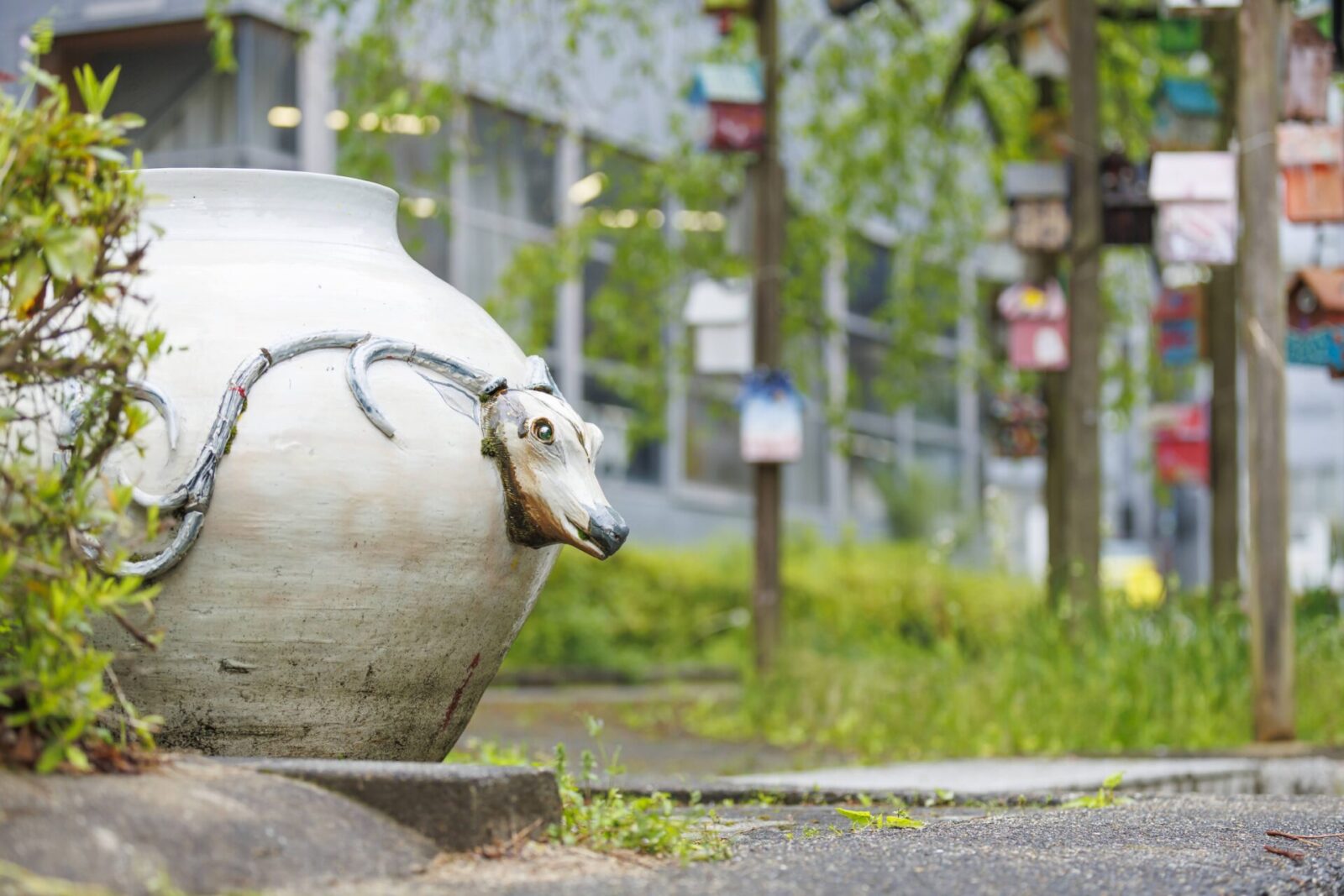
Are smartphones a kind of shikohin?
── Moving on to the present, how do you think the presence of shikohin has changed from the past?
I believe it is clear that the nature of what we consider shikohin has expanded.
For example, Kenichi Fujimoto of Mukogawa Women’s University defined shikohin as “anti-stressors.”
In other words, any preferred item we use to change our mood or create a temporary escape from something that gives us stress can be considered a shikohin. For example, a smartphone can be considered a shikohin. I personally find Fujimoto’s definition very intriguing.

However, one thing I want to point out is that the smartphone experience is one that is fundamentally indirect.
── What do you mean by indirect?
Let’s say you post a photograph of ramen noodles on Instagram. Other people enjoy that experience through seeing the photograph on their phones.
To put it in simple terms, enjoying photos of delicious looking food on our phones is the same as reading books or looking at symbols in order to think about it internally.
One can say that this is a shikohin experience, but the act of looking at a photo and the act of actually eating food is vastly different.
I believe that a shikohin experience is closer to experiences where we actually eat food.
In other words, I believe that the physical human body and shikohin experiences are closely connected.
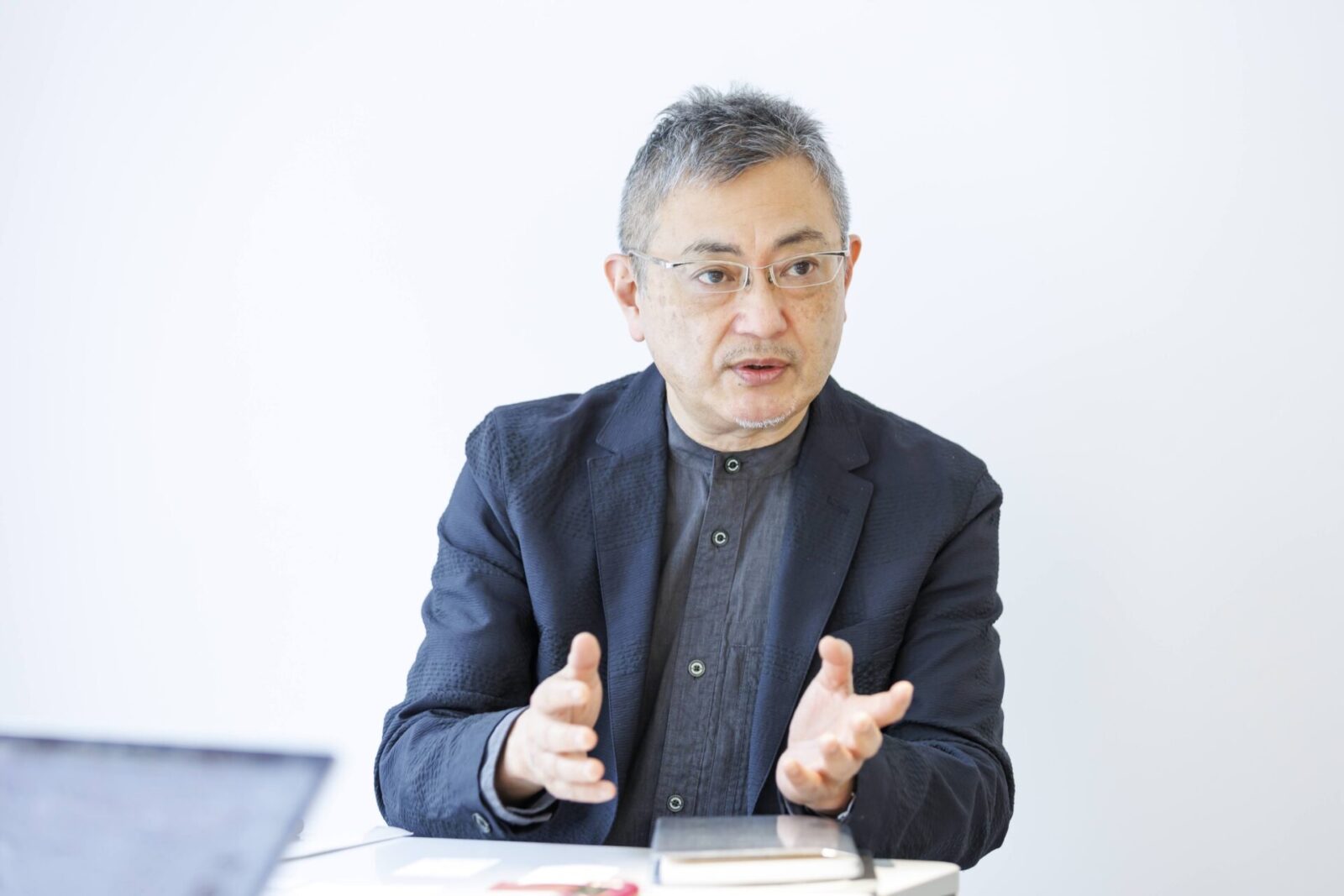
Both technology and how we transfer information has developed over time, but I believe that these advancements have narrowed the number of experiences we experience physically, or directly.
In terms of time, more and more of our disposable time is being spent on indirect experiences.
Of course there is satisfaction that is achieved by looking at glamorized food, and perhaps one reason we find it so satisfying is because we can enjoy it for free.
However, when considering the history of shikohin, I believe that many shikohin experiences are inseparable from the physical experience.
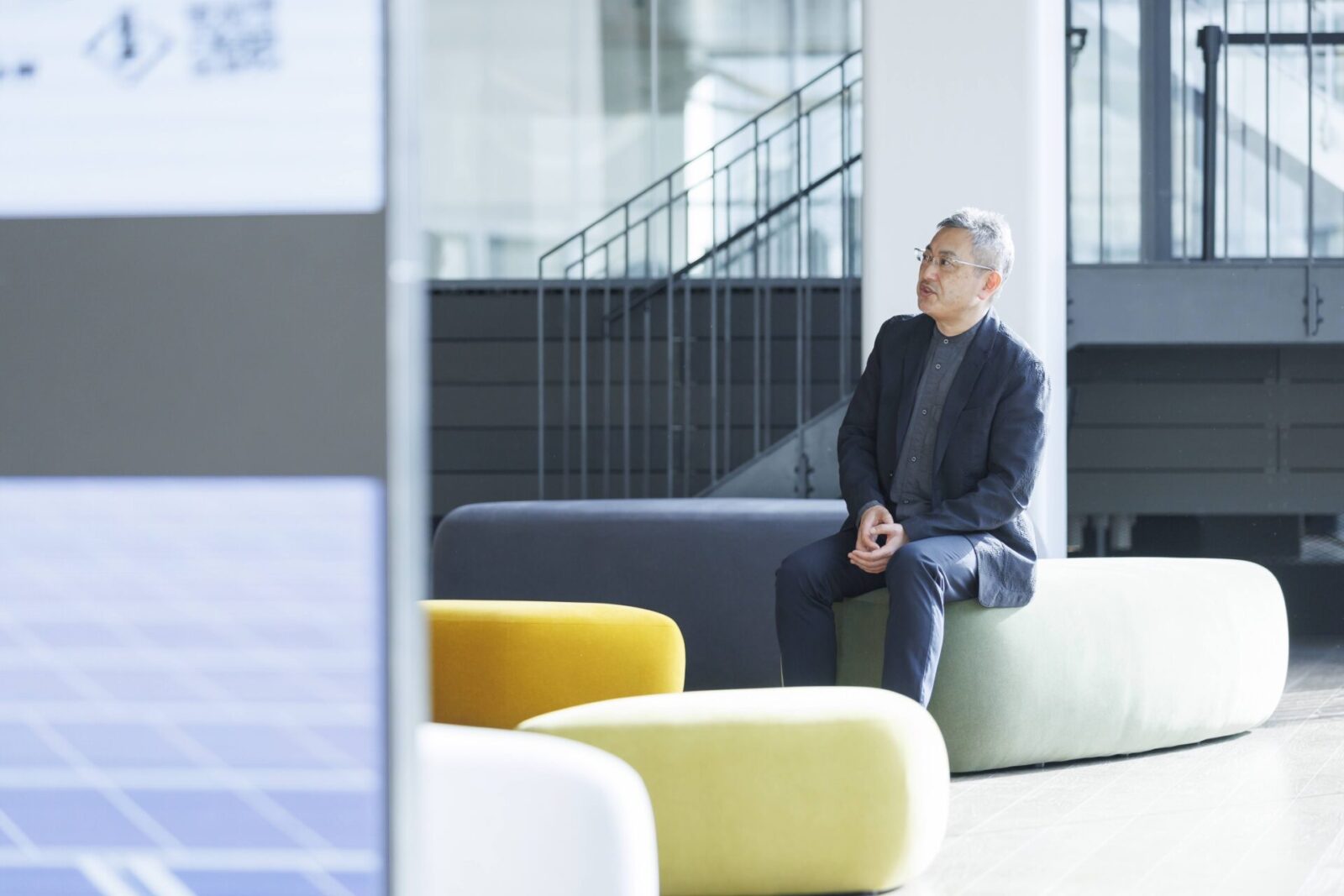
Will there be shikohin that we experience outside of our bodies?
── How do you think shikohin and shikohin experiences will change in the future?
My personal belief is that the key point will be to what extent technology intervenes with the physical human body in the future. In relation to that, the anime movie Ghost in the Shell by Masamune Shirow is a very thought provoking work on the topic.
Ghost in the Shell depicts a society where people can directly connect their brain to the internet. Cyborgs with artificial arms and legs, robot technology and androids coexist with physical human beings. Many other science fiction works also depict similar scenarios.
In terms of drugs, it may be possible to obtain an incredible shikohin experience by injecting a substance into your brain with a syringe. Or perhaps even such substances will be unnecessary if a device can be connected to the brain and create pleasure through electrical stimulation alone.
Perhaps eventually we will be able to experience the shikohin experiences we have today through artificial circuits that exist outside our bodies.
Even if such things become a reality, we still need to contemplate whether these experiences are really a good shikohin or shikohin experience.
I myself do not feel comfortable with the idea of experiencing shikohin outside of the physical body.

── What is it that makes you feel uncomfortable about it?
For example, I am skeptical about drug experiences that are experienced solely in the brain.
I question whether or not it is safe for us human beings to create circuits in our minds that are not directly experienced in the physical body in the form of eating and drinking.
I believe that our bodies are an important part of the shikohin experience. Perhaps it is what I believe a natural shikohin experience should be.

── A natural shikohin experience?
Actually, defining all that makes up the natural human body is very difficult in itself.
What is our body exactly? It is a question of human body theory. This question can expand to various topics such as the relationship our body has with medicine or shikohin, but let’s approach it through the angle of looking at our bodies as one animal.
In science, we look at pets such as dogs and cats as objects. However, in our society people are reluctant to view their pets as simple objects. They are a part of the family and there are even laws in place to protect their welfare.
How do you understand this through body theory? For this argument, we cannot ignore the fact that human sensibilities have changed over time. Animal theory and body theory are two different topics, but there are some correlations.
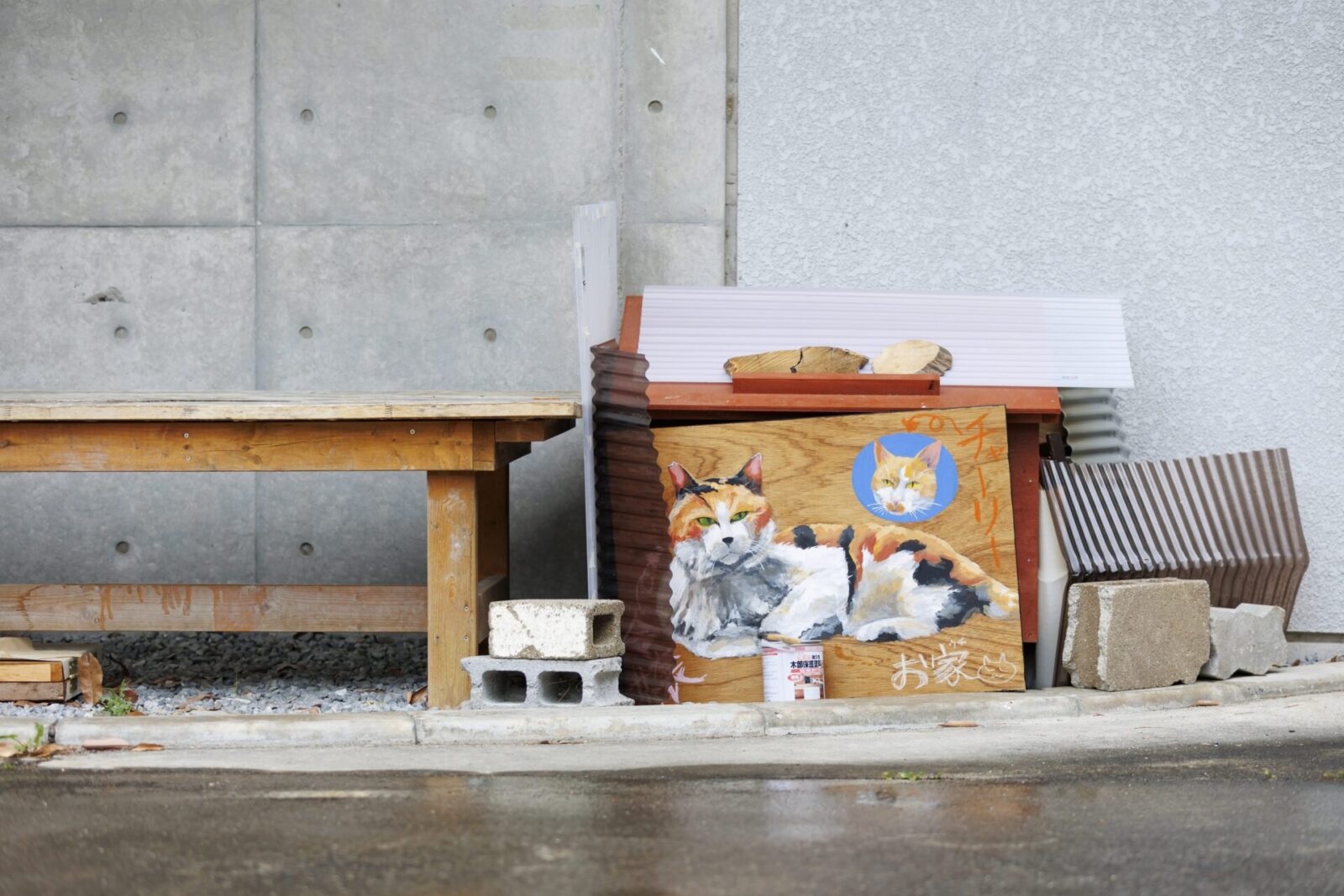
── How is animal theory and body theory correlated?
More specifically, human sensibility towards animals has changed drastically over the years. Peter Singer’s Animal Liberation, published in the 1970s, was very influential and started a widespread debate on how we view animals.
Some themes that were debated were the use of animals for scientific experiments and testing, or dissecting frogs in biology classes. By 2020, animal welfare has become a topic that is often raised as an important issue.
I believe this is a manifestation of changes in how humans perceive the physical body of animals combined with changes in human sensibility.
Although it may seem that how we perceive the human body and animals are completely different topics, they influence each other in terms of physicality and sensibility.

The conditions that make shikohin a culture
── One of your research themes is physicality and it seems that this is also a reflection based on the people and consciousness that is prevalent in each generation.
Yes, I think so. Putting the definition of the human body aside, I really believe that physicality and shikohin experiences cannot be separated.
For example, when you enter a tea room during a tea ceremony, you enter through the nijiriguchi entrance (a small door that obliges guests to bow when entering the room). You enter the narrow entrance by sitting on your knees and moving in with your bowed head first. The tea room is designed so that you see the elevated alcove and hear the sound of the simmering hot water only after you enter the room.
In this way, shikohin and shikohin experiences that incorporate physicality also incorporate certain manners and etiquette.
When etiquette is incorporated in the physical aspects of shikohin, it evolves into a culture or tradition that lasts for generations.
I believe this is a key point in considering what shikohin will last into the future.

Saunas have become popular because it is a natural shikohin experience
── In terms of culture and etiquette, are there any shikohin experiences recently that have grabbed your attention?
I believe that the recent popularity of saunas are in fact a kind of shikohin experience. I myself have recently started going to saunas and I have come to understand the concept of invigorating the body.
After the coronavirus pandemic, many young people started to go to Kyoto’s bathhouses. I also sometimes talk about saunas with my students at Kyoto Seika University.
I think that seeking to invigorate the body through saunas is one form of shikohin.
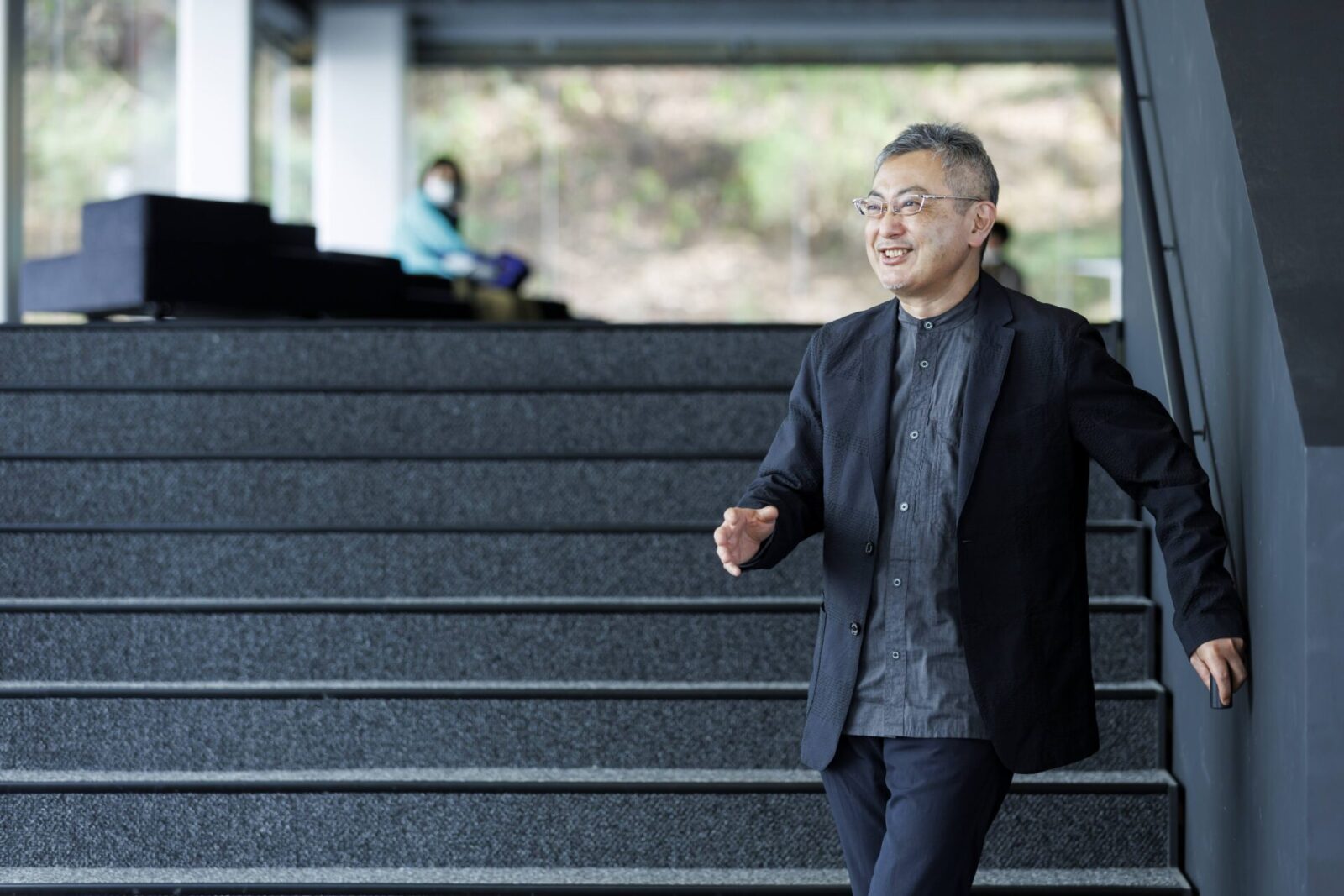
There is certain etiquette surrounding saunas as well. One should drink water, spend a certain amount of time in the sauna, sweat it out and then take a water bath.
Shikohin is an experience. I feel that in order to create depth in that experience, it is necessary to incorporate some rules and etiquette.
── Perhaps rules and etiquette are a common language among the people who enjoy the same shikohin experience.
With saunas, everyone is different in terms of how long they go in, or how they spend their time in the saunas. I think this diversity also makes it interesting.
There was a student who told me that although he started off going to saunas with friends, he now enjoys going alone and has created his own personal form of set of rules.
When a culture falls into a fundamentalist attitude that only accepts certain manners, it narrows its appeal and it may cause a trending movement like saunas to become obsolete.
It is important for rules and etiquette to remain flexible and diverse. The best thing about a shikohin experience is when you feel at one with it.
I think it is important for everyone to continue enjoying natural shikohin experiences into the future.
Although there are trends that come and go, humans cannot give up shikohin and shikohin experiences. I look forward to continuing my research on human beings through looking at how shikohin represents each generation.

Translation: Sophia Swanson
Reporter for Business Insider Japan. Born in Shinjuku-ku, Tokyo. Taught world history as a high school teacher, worked for Huffngton Post Japan and BuzzFeed Japan before assuming current position. Interests incude economics, history, and culture. Covers a wide range of topics from VTuber to Rakugo and is interested in food culture from around the world.
Editor / Writer. A freelance editor. Born in Yokohama and based in Kyoto. Associate editor of the free magazine “Hankei 500m” and “Occhan -Obachan”. Interests include food, media and career education programs such as “Internships for Adults”. Hobby is paper cutting.
Editor and creator of the future through words. Former associate editor of Huffington Post Japan. Became independent after working for a publishing company and overseas news media. Assists in communications for corporates and various projects. Born in Gifu, loves cats.
